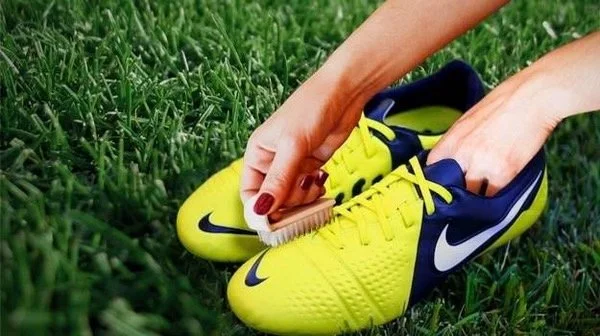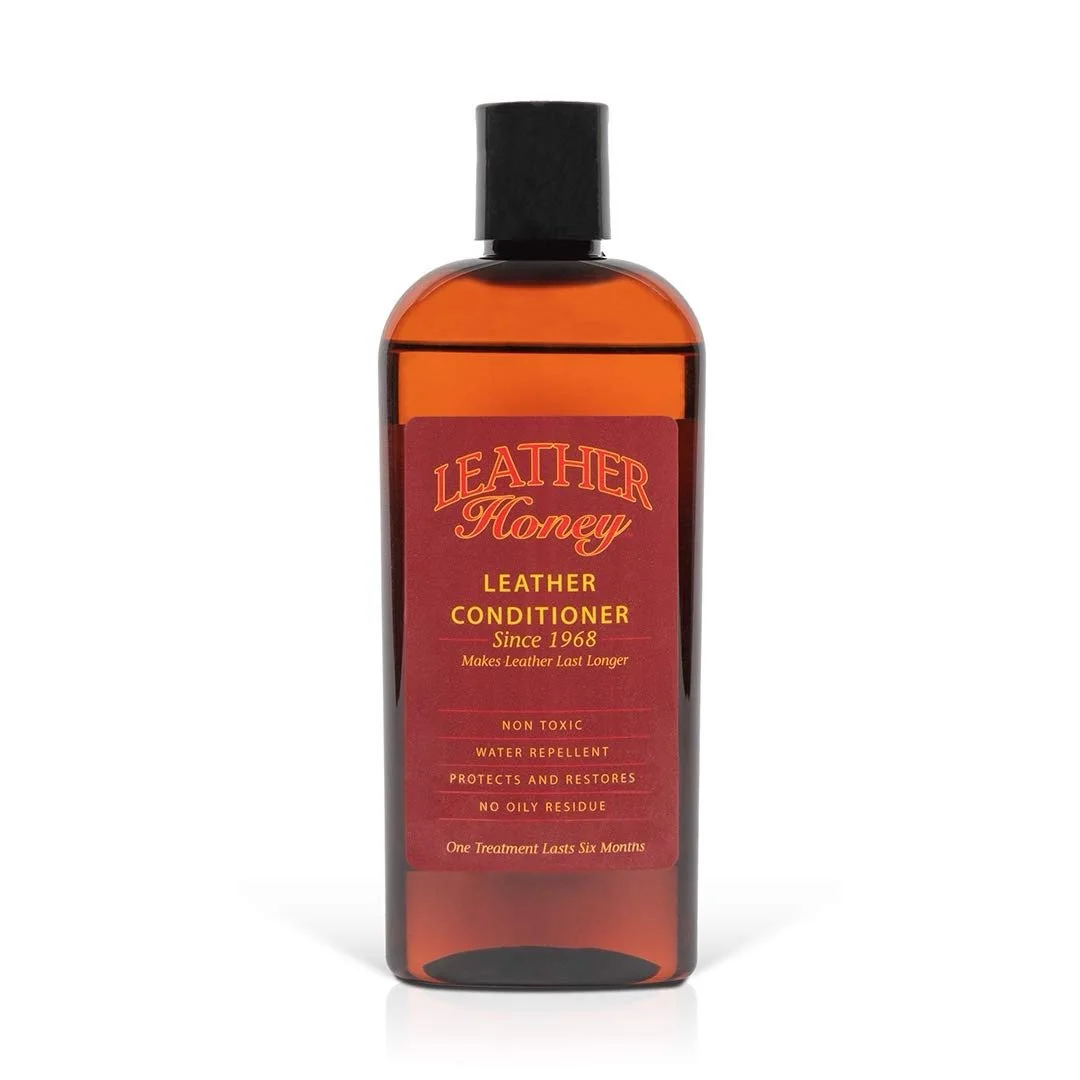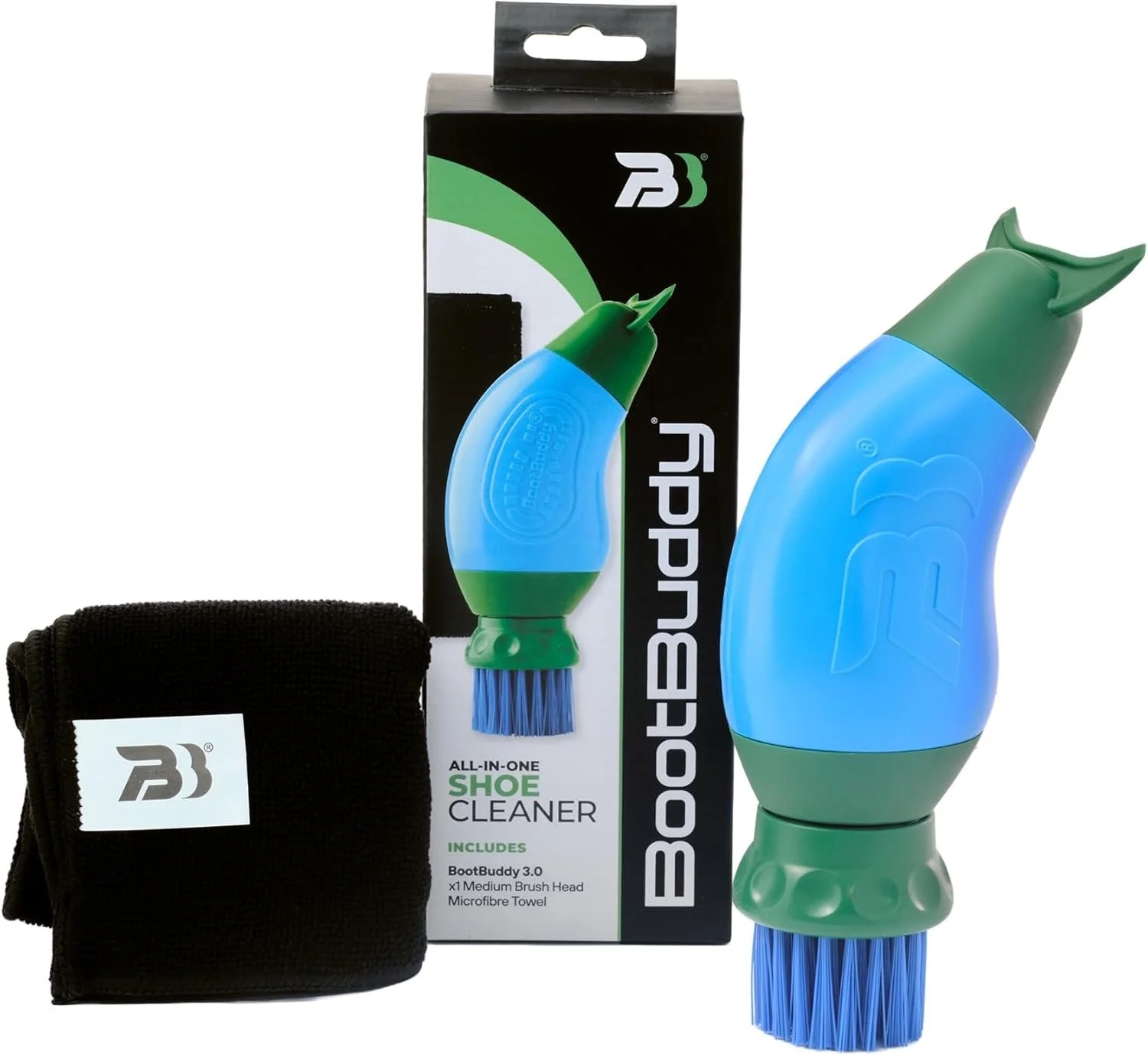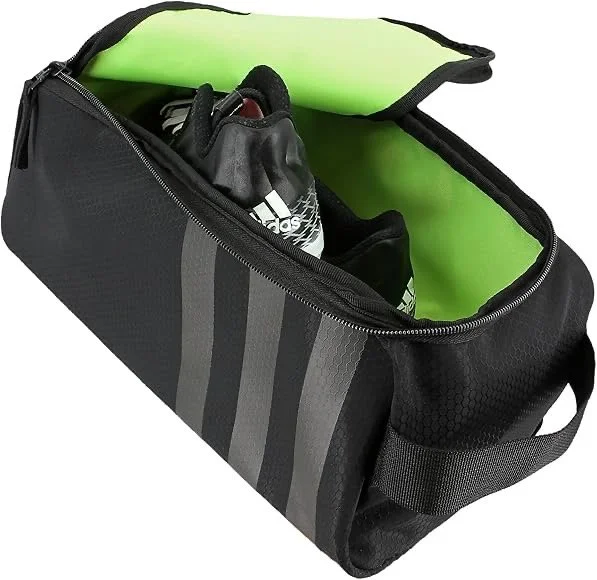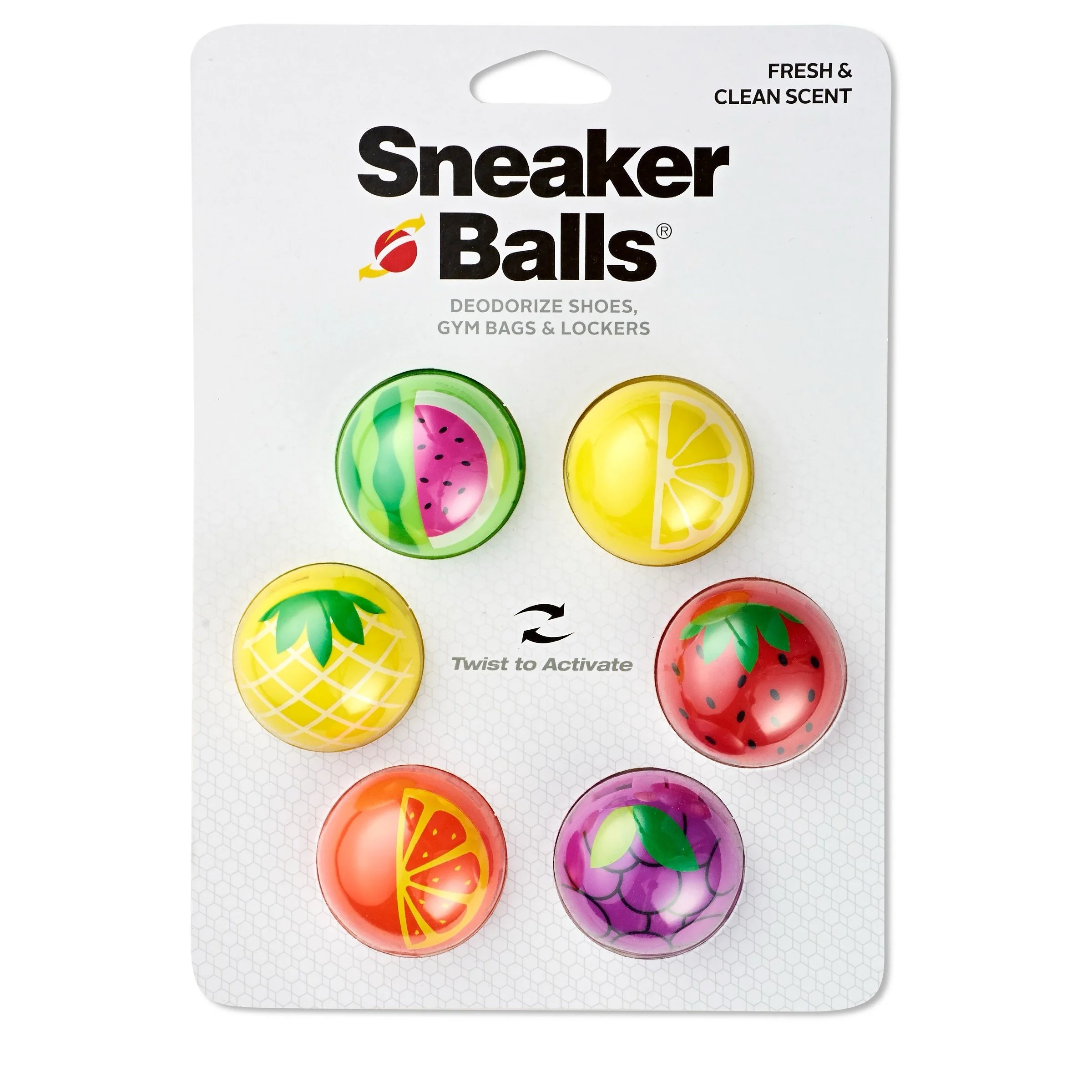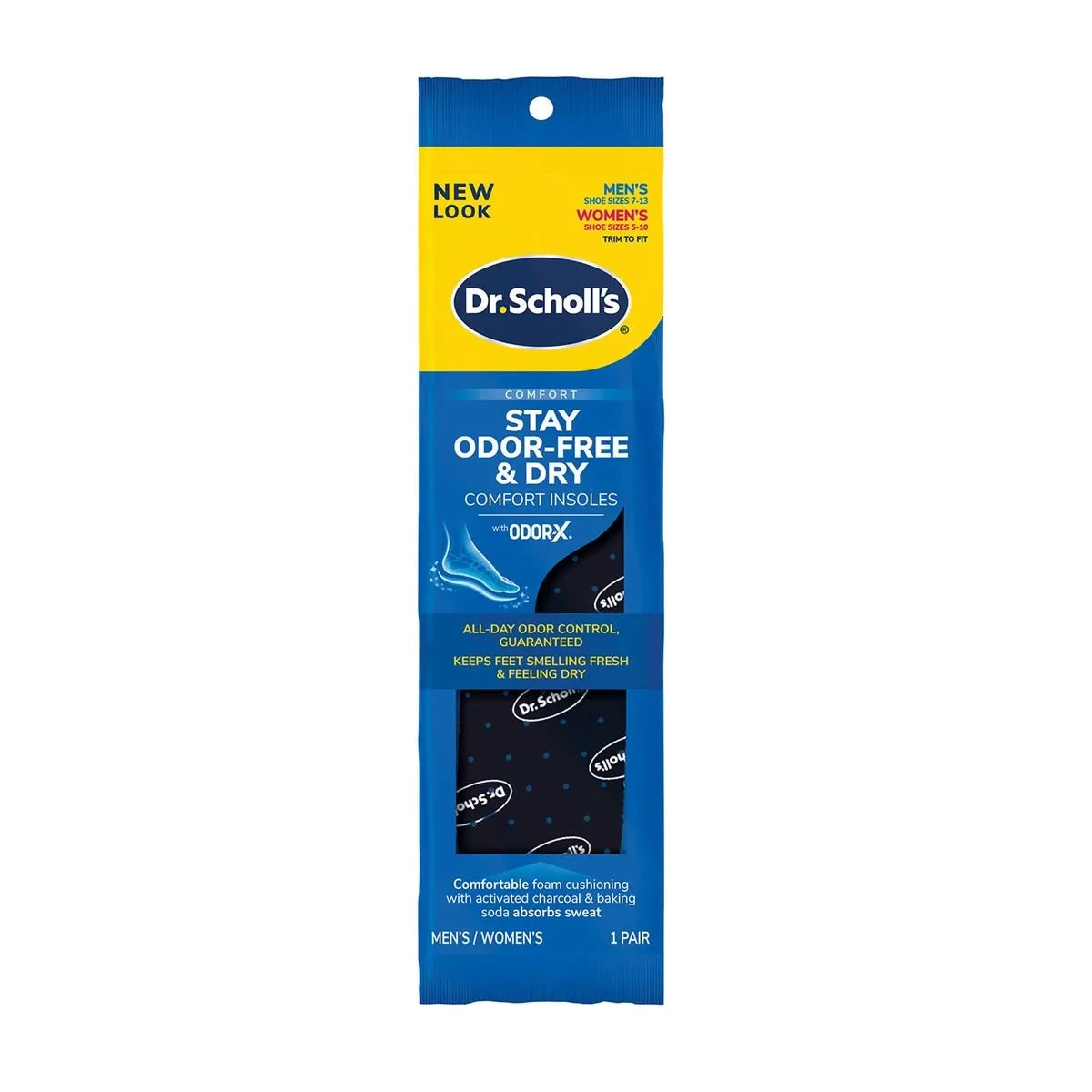Taking Care Of Your Cleats: A Soccer Players guide
Disclaimer: We are participants in the Amazon services LLC associates program, an affiliate advertising program designed to provide a means for us to earn fees by linking to amazon.com and other affiliate sites.
Intro
Soccer cleats are essential for every player on the pitch. Proper maintenance ensures they remain comfortable, durable, and effective. Neglecting them can lead to discomfort, reduced performance, and a shorter lifespan. Cleats endure significant wear and tear, from running and pivoting to sudden stops and tackles. With the right approach, you can extend their life and keep them in peak condition, saving money and ensuring you always perform at your best. Here’s how to take care of your cleats efficiently.
Cleaning Your Cleats the Right Way
To begin with, After every match or training session, it’s important to remove any dirt and grime to keep your cleats in top shape. Regular cleaning helps prevent damage to the material and ensures a secure grip on the field. Cleats accumulate dirt, mud, and grass stains, which, if left untreated, can degrade their structure. Start by:
Tapping them together to knock off excess mud and debris. This prevents caked-on dirt from hardening and becoming harder to remove later.
Using a soft-bristled brush or an old toothbrush to scrub away stubborn dirt. Pay extra attention to the seams and soleplate, where dirt often accumulates.
Washing synthetic cleats gently using warm water and mild soap. Avoid harsh chemicals, as they can strip away protective coatings and weaken the material over time.
For leather cleats, wipe them down with a damp cloth instead of soaking them. Leather requires extra care, so consider applying a conditioner like Leather Honey Leather Conditioner to keep them flexible and prevent cracking, which can lead to discomfort and reduced durability.
Using a dedicated cleat cleaning tool, such as the Boot Buddy Soccer Cleat Cleaner, can make the process easier and more efficient. Once clean, rinse your cleats and let them air dry naturally. Never submerge them in water or place them in a washing machine, as this can weaken their structure, cause separation of the soleplate, and ruin adhesives holding the cleat together.
Proper Drying and Storage
Drying your cleats properly is just as important as cleaning them. Moisture buildup can weaken the materials and cause mold or bacteria to grow, leading to unpleasant odors and even skin irritation. After a match, avoid tossing them in your bag while still damp, as this creates the perfect environment for bacteria and odors to develop. Instead, let them air dry in a well-ventilated area.
Stuff with newspaper to absorb moisture and help maintain their shape. This is especially useful if you've played in wet conditions, as it speeds up the drying process significantly and prevents shrinkage.
Use odor-control products like Sof Sole Sneaker Balls to eliminate unwanted smells. They help neutralize odors and keep your cleats fresh between uses, preventing them from carrying an unpleasant smell into your gear bag.
Store in a ventilated space rather than a closed locker or bag, to prevent moisture buildup. Avoid direct sunlight, as excessive heat can warp synthetic materials and dry out leather, reducing their lifespan significantly.
Transport in a cleat bag like the Adidas Stadium II Team Shoe Bag to keep them protected while allowing airflow. This prevents unnecessary exposure to dirt and damage when moving between training and games, ensuring your cleats remain in top condition.
Odor Control and Hygiene
No one likes smelly cleats, and proper odor control is essential for both hygiene and comfort. To keep them fresh, always ensure they are completely dry before storing them. Sweat and moisture trapped inside can cause bacteria buildup, leading to unpleasant odors and potential infections. Sprays and deodorizing powders can help, but regular maintenance is the best prevention.
Wash your feet daily with antibacterial soap to reduce odor and prevent fungal infections like athlete’s foot. Keeping your feet clean also helps prevent bacteria from transferring into your cleats.
Wear moisture-wicking socks to keep sweat from soaking into your cleats. Synthetic or wool-blend socks work best for keeping your feet dry, which in turn keeps the interior of your cleats fresher for longer.
Change socks after every game to keep your feet dry and fresh. Using fresh socks reduces the amount of bacteria that transfers into your cleats, keeping them from developing an unpleasant smell over time.
Use anti-odor insoles like Dr. Scholl’s Odor-X Insoles to absorb sweat and prevent bacteria buildup. These insoles provide additional comfort and can extend the life of your cleats by reducing internal moisture and increasing breathability.
Maintaining Performance and Durability
Your cleats take a beating on the field, and regular inspections help ensure they remain in top condition. A few simple checks can prevent minor issues from turning into major problems. Cleats are an investment, and keeping them in good shape ensures maximum performance. Check for:
Loose stitching or separating soles that may need repair. Addressing these issues early can prevent further damage and extend the life of your cleats, saving you from unnecessary replacements.
Worn-out laces or insoles and replace them as needed. Frayed laces can snap mid-game, and flattened insoles reduce comfort and support, increasing the risk of foot pain and blisters.
Signs of excessive wear on studs or outsoles, especially if you play on rough surfaces. Worn-down studs reduce traction, increasing the risk of slipping and injuries, so replacing them when needed is crucial for maintaining peak performance.
Using the right cleats for the right playing surface is crucial for their longevity. Wearing firm-ground cleats on artificial turf, for example, can wear them out quickly. If you frequently play on different surfaces, invest in multiple pairs designed for each type of field. Rotating between different cleats also allows each pair to fully dry between uses, reducing material stress and extending their lifespan.
Apply a waterproofing spray like Nikwax Fabric & Leather Proof to protect against moisture and extend their lifespan. This adds an extra layer of protection, especially in wet or muddy conditions, ensuring your cleats stay in top condition for longer.
Rotate between two pairs of cleats if you play frequently. This prevents excessive wear and tear on a single pair and ensures you always have a dry pair ready to go, reducing the chances of premature damage.
Final Thoughts
Taking care of your cleats is a simple yet essential part of being a soccer player. Whether you’re an amateur player or a seasoned professional, proper maintenance ensures your cleats remain comfortable, durable, and high-performing. Cleaning them after every game, drying them properly, and using the right care products can significantly extend their lifespan, helping you get the most out of your investment.
By incorporating these simple care habits, you’ll not only protect your investment but also enhance your performance on the pitch. A little effort goes a long way in ensuring that your cleats remain reliable, match after match. Whether you’re sprinting down the field, making crucial tackles, or scoring goals, well-maintained cleats can make all the difference in your game. Take care of them, and they’ll take care of you.

